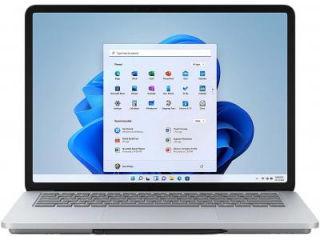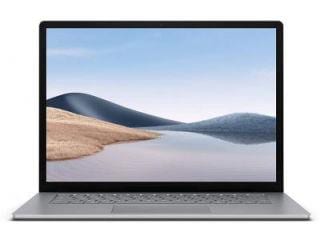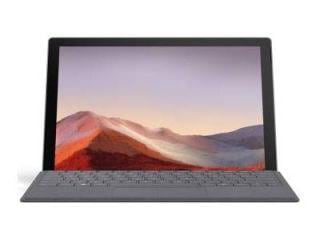ALERT! Do you use USB devices? Beware! Your Windows computer under threat from Malware
There is a cause for Windows computer users to be on alert due to a new malware called Raspberry Robin, that is spreading fast around the world. It spreads to Windows devices through infected USB drives, even when offline. Here’s more about it.

_1603259524197_1603259536877.jpg)
_1603259524197_1603259536876.jpg)


_1648906119642.jpg)
_1648906119642_1652083332533.jpg)


First Published Date: 09 May, 13:32 IST
NEXT ARTICLE BEGINS

































